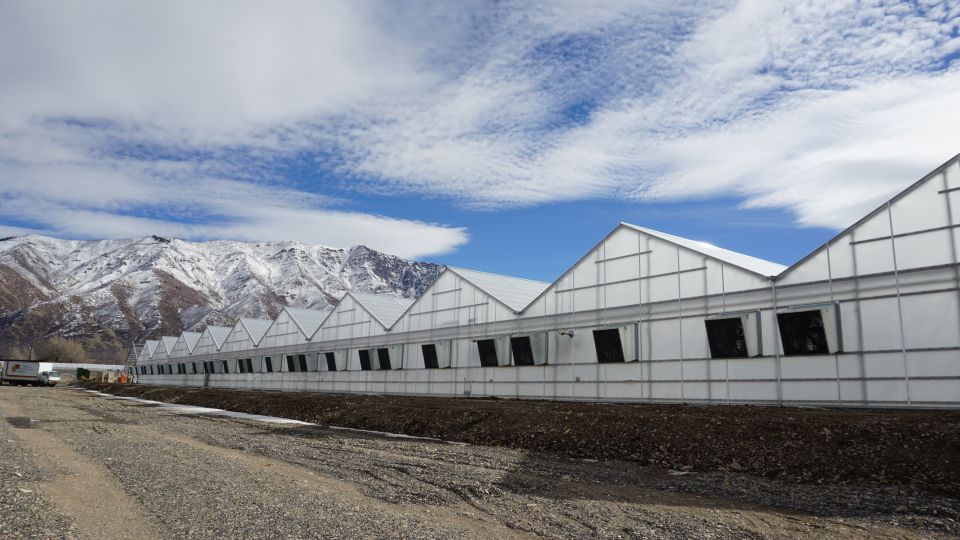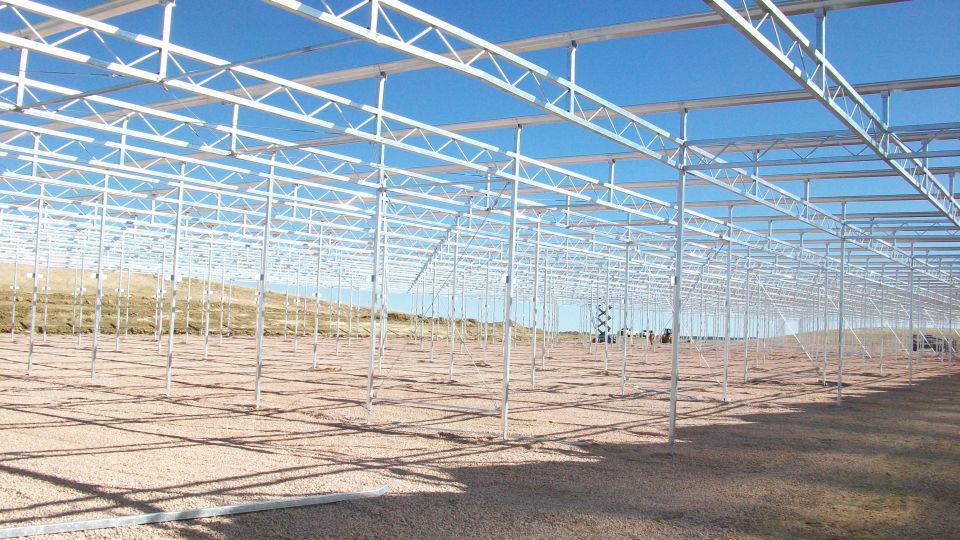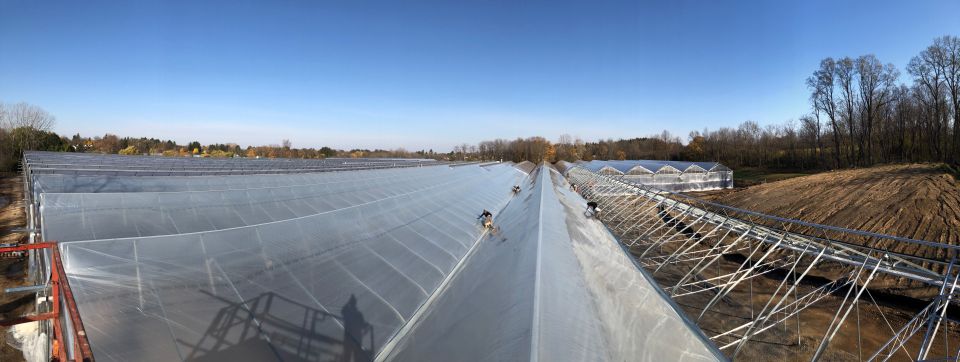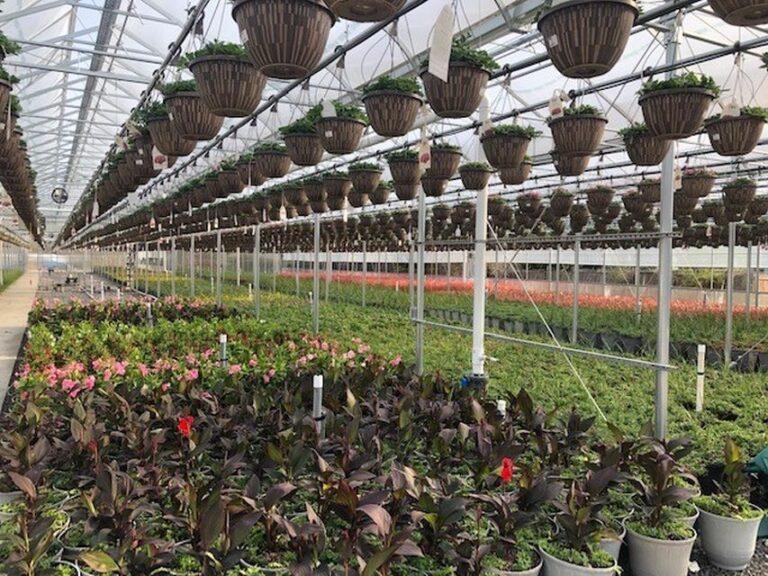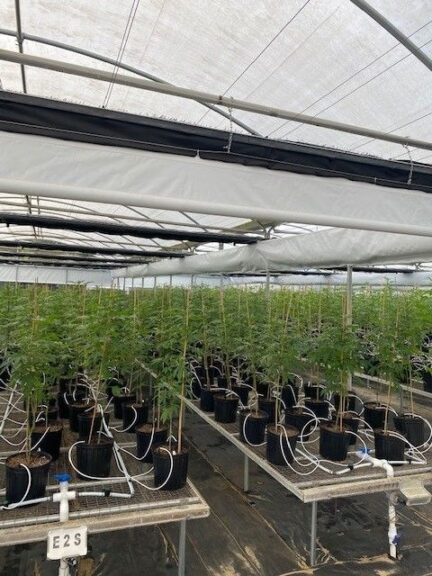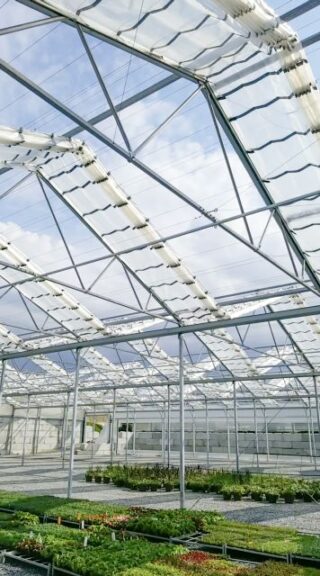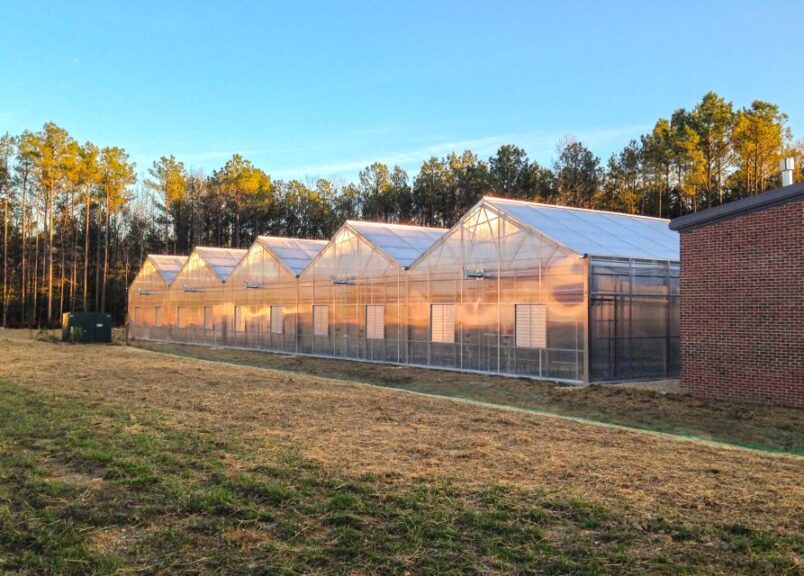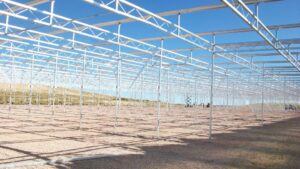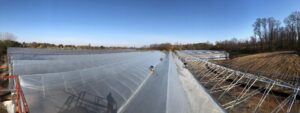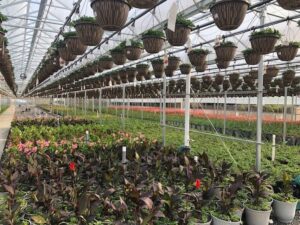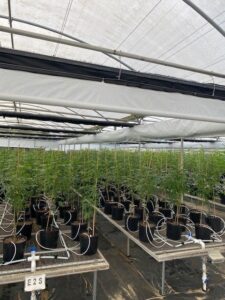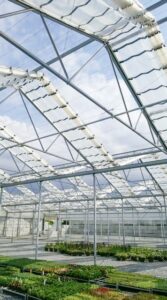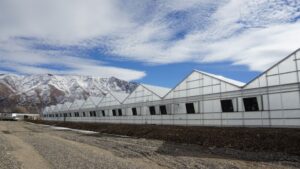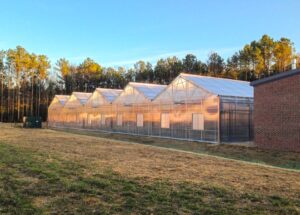Lessons Learned From New Greenhouse Projects
Planning your next greenhouse project, whether it’s a new build or a retrofit, requires patience, vision, and cooperation with your supplier. This has become even more critical during the COVID-19 pandemic. Supply channel delays must be accounted for, and communication between the grower and the supplier often takes place over Zoom.
Another effect of the pandemic has been increased demand for plants. This has led many growers to look to add new production space or seek ways to make their current facilities more efficient.
Finally, the emergence of crops such as hemp also requires a shift in greenhouse design. Whatever the case, keep reading for a closer look at some recent projects, and what growers (many of which are on Greenhouse Grower’s 2021 Top Growers List) and suppliers learned along the way.
Dutch Heritage Gardens
Flower business at Dutch Heritage Gardens (#86 on Greenhouse Grower’s Top 100 Growers list) in Colorado has increased over the last five years, and the company had been contract growing some of its needs with other growers.
“With the boom in cannabis growing, a lot of the greenhouses we were working with flipped their grows to either hemp or marijuana,” says Aaron Van Wingerden, President of Dutch Heritage Gardens. “Because of this, we lost several acres of contract growing space and decided to increase our own greenhouse footprint to bring all of our growing needs in-house.”
Van Wingerden worked with his uncle Rich, who runs Van Wingerden Greenhouse Co., on a retrofit of the company’s current greenhouses, to help it increase production at one location.
“It’s saved us on transportation, labor, and plant costs,” Van Wingerden says. “And our overall plant quality went up due to stricter standards of growing items ourselves.”
Unfortunately, county building agencies had no desire to work hand in hand with Dutch Heritage Gardens, Van Wingerden says, which made every step of the project difficult regarding permitting, zoning compliance, etc.
“Going forward, we’ll make sure we double our original timing for construction because of all the red tape,” he says.
Dickman Farms
Looking to add space based on increased demand for bedding plants and young plants, Dickman Farms (#96 on Greenhouse Grower’s Top 100 Grower list) in Auburn, NY, built 30,000 square feet of gutter connect Apex peak vent Westbrook greenhouses in 2020.
“Westbrook has been working with and supplying greenhouse structures to Dickman Farms for more than 20 years,” says Gordon Van Egmond of Westbrook Greenhouse Systems. “We worked with Dickman to help with the layout to maximize growing space and efficiency in product flow, along with advising on the most suitable products and venting for the crops grown.”
Bob Dickman, owner of Dickman Farms, says the company can now grow more plant material as well as direct space finish products, so they do not need to be rehandled in the growing cycle.
“If you are planning a new build, get your order in early,” Dickman advises other growers. “We were late on the decision to build last spring, and that put us into November for building our greenhouse. This year, we purchased our new build in February so we can start construction in July.”
Casa Verde Growers
Casa Verde Growers (#67 on Greenhouse Grower’s Top 100 Grower list), which is based in Ohio and is a plant supplier for Petitti’s Garden Centers and other retailers, decided to build an additional greenhouse to provide more flexibility.
“As everyone else is, we are anticipating an upward trend for plants over the next few years,” says Todd Metevia at Casa Verde Growers. “This increased demand warranted an increase in space, and we are hoping the space will allow us to be organized and minimize labor.”
Casa Verde Growers worked with Greenhouse Solutions (formerly LL Klink and Sons) on the expansion, and Metevia says planning ahead was critical.
“Supplies and materials are hard to come by, and lead times are doubling or more,” Metevia says. “Fortunately, Greenhouse Solutions did a great job for us.”
The day after the greenhouse was complete, Casa Verde filled the new greenhouse to 75% capacity.
“This gave us the flexibility we needed to organize products, jobs, and movements in an intelligent manner,” Metevia says. “We were able to hang most product prior to planting underneath. That is a huge labor saver in how fast you can hang the lines.”
Roseville Farms
Roseville Farms (#96 on Greenhouse Grower’s Top 100 Grower list) has been a specialized clematis propagator and finished producer for more than 25 years. However, Roseville President David Raab says the market is not growing fast enough to provide future security.
“My children are now active in ownership of the company, and their concern for the future of the industry led us to look for a product that has greater growth potential,” Raab says.
After much deliberation, the company decided to venture into the hemp market, first as a pilot project partner with the University of Florida and then as a contract grower for a Colorado genetics company.
The decision to grow hemp flower commercially meant Roseville had to update and improve its 26-year-old greenhouses.
“The needs of hemp plants are more critical and quite different than those of clematis,” Raab says. “We have renovated more than 250,000 square feet of greenhouses with larger power service, new lighting and air circulation, and new exterior roll up walls.”
For the retrofit work, Roseville relied on local suppliers for the parts and pieces and worked with a local Dutch builder that installed a blackout system that mostly came from Holland.
“We are blessed here in Florida with a huge infrastructure of nursery suppliers, so the rest of the materials we needed were mostly found locally,” Raab says. “So far, we have invested more than $1.5 million in our retrofit with more to come, but we are happy with the results, and the product we are growing is better managed in these greenhouses.”
Although renovation is usually less expensive than building new, Raab says you still need to make sure you have a plan and a budget and remain committed to the project, as there will be unseen expenses and problems along the way.
Esbenshade’s Greenhouses
Esbenshade’s Garden Center and Greenhouses, Inc. (#82 on Greenhouse Grower’s Top 100 Grower list) in Lilitz, PA, started a new project earlier this year that includes a 1-acre expansion using a Cravo A-Frame greenhouse model featuring automatic retractable roofs and retractable walls for production of flowering plants.
Every project Cravo manufactures is custom designed. For this project, the company engineered to a high snow load, sloped grade, and houses of varying lengths. Cravo assigned a project coordinator to manage the installation and create custom drawings and step-by-step instructions, from footings to finished project. During the construction phase, a builder support team was created to assist in a correct installation and to facilitate cost efficiency during the build out.
A local builder was hired to work alongside Esbenshades, with construction beginning in January 2021. While it’s the first Cravo greenhouse at Esbenshade’s, the company’s first purchase with Cravo began with a retractable internal curtain system 35 years ago in its conventional greenhouses.
Olson’s Greenhouse Gardens
Conley’s Greenhouse Mfg. and Sales built a 110,880 square-foot range last year at Olson’s Greenhouse Garden (#10 on Greenhouse Grower’s Top 100 Grower list) in Santaquin, UT. The project consisted of 11 42-foot wide x 240-foot long x 14-foot under gutter Gable Series 7500 grow structures. Partition walls were employed to create 20 42-foot wide x 108-foot long growing structures on either side of a 24-foot long x 420-foot wide central ventilation corridor. In addition, a single head house was gutter connected at one exposed sidewall. High light transmission polycarbonates were used to maximize available sunlight, and an internal overhead retractable shade system was provided to reduce heat stress with pad and fan cooling included to reduce temperatures. Rolling benches and hot water heating systems were provided along with grow lights and watering booms.
According to Gary Baze at Conley’s, Olson’s wanted the additional space to meet the ever-increasing expectations of its customer base.
“They spent a lot of time considering all their options and had a game plan laid out before we set the first column,” Baze says. “They pre-planned their drainage options precisely and were great at interacting with our crews to make sure the products they were providing/installing coexisted with the structure or equipment. On the rare occasion that we needed a decision, they were right there on site and helpful with the direction we were looking for.”
This level of cooperation between the two teams helps the job get done faster and with fewer hiccups along the way, Baze says.
The Grower’s Exchange
Briscoe White didn’t grow up in the greenhouse industry, but instead kindled an interest in growing herbs from planting a garden at home. His company, The Grower’s Exchange, grew from this interest, and he bought his first greenhouse from Jāderloon. Years later, the Grower’s Exchange has been very successful growing and selling herbs.
White wanted to relocate to Sandstone, VA, and expand the company’s online business., and he needed about 13,500 square feet of automated, efficient growing space integrated with an existing warehouse. The Greenhouse Company was able to provide a five bay Jāderloon Appalachian Package complete with ridge vents, boiler, Kwic-Trip Trolley system, and touch screen climate controller.
“Briscoe White and The Greenhouse Company both learned that a successful business can grow continuously overtime with the right partnership and supplies,” says Leigh Dodd, President of The Greenhouse Company of South Carolina.
Critical Planning Guides
Are you planning a new build or retrofit greenhouse project? Your first resource should be the National Greenhouse Manufacturers Association’s Industry Information section of its website. The site includes helpful hints on everything from heating and cooling systems to glazing to curtain systems, as well as standards and guidelines for the same facility components. Many of the suppliers mentioned in this article are also NGMA members and can offer much of the same advice.





